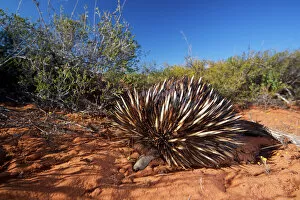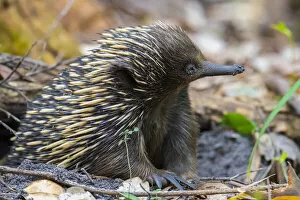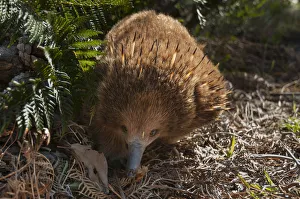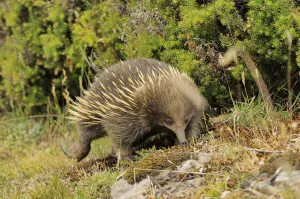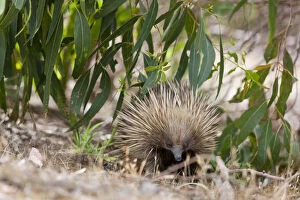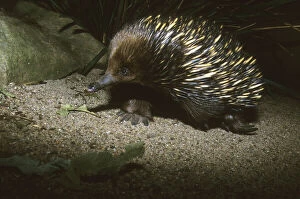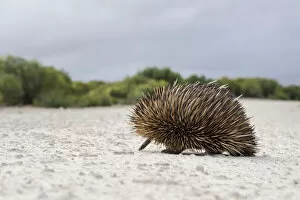Tachyglossus Collection
The Tachyglossus, also known as the Short-beaked echidna (Tachyglossus aculeatus), is a fascinating creature found in various parts of Australia
All Professionally Made to Order for Quick Shipping
The Tachyglossus, also known as the Short-beaked echidna (Tachyglossus aculeatus), is a fascinating creature found in various parts of Australia. In Francois Peron National Park, Shark Bay, this elusive mammal can be spotted roaming around with its unique muddy face after emerging from its burrow in Jervis Bay, New South Wales. With its spiky appearance and distinctive snout, the a true marvel to behold and can also be found on Bruny Island in Tasmania during November when it showcases its digging skills while foraging for food. These incredible animals are often seen wandering through scrublands, searching for their next meal, and are commonly referred to as Echidnas or spiny anteaters due to their ability to curl up into a ball when threatened. One particular subspecies of the Tachyglossus called Kangaroo island echidna (Tachyglossus aculeatus multiaculeatus) resides exclusively on Kangaroo Island. These remarkable creatures have adapted well to their environment and play an important role in maintaining the ecosystem's balance. Despite being covered in sharp spines, these gentle mammals pose no harm unless provoked. Their diet mainly consists of ants and termites which they catch using their long sticky tongue. The Tachyglossus is truly one of nature's wonders - a living testament to the diversity and beauty that Australia has to offer. Observing them in their natural habitats leaves us awe-struck by their resilience and adaptability amidst changing landscapes.

